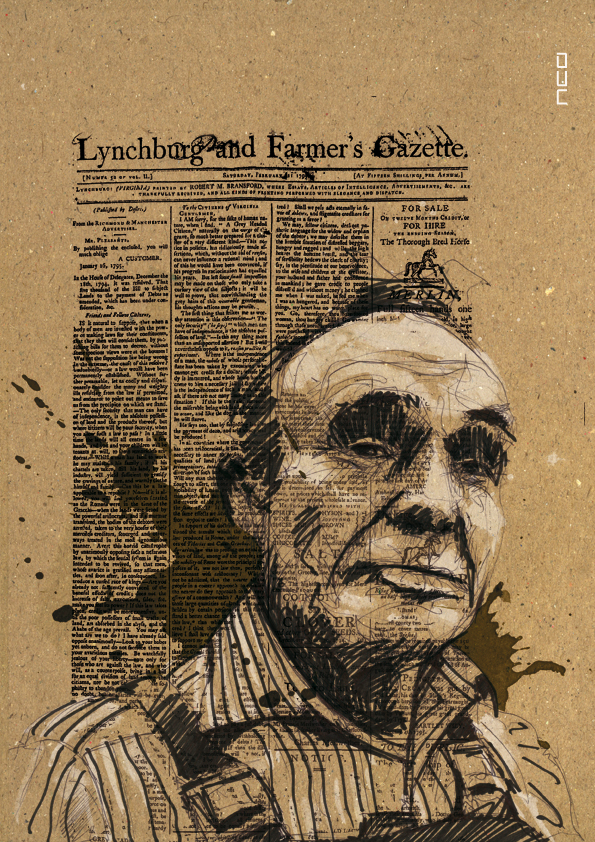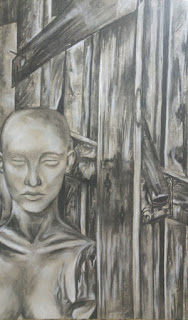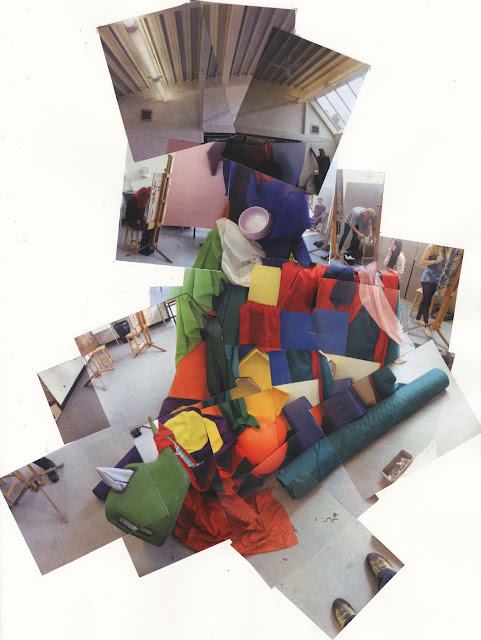BTEC EXTENDED DIPLOMA in ART & DESIGN
1st YEAR PROJECT BRIEF
PROJECT– Tool Part 2
SPECIALISM: MIXED MEDIA/TEXTILES
TIME: 2 Weeks
MATERIALS: Mixed Media
RESOURCES: sewing machines, drawing materials, spray paints, printing press and photocopier/IT.
ASSIGNMENT OUTLINE:
This project aims to familiarise you with a range of new techniques that can be used to develop your imagery throughout the Course.
Using a basic hand-tool as your starting point, you are required to produce a body of work, which represents your object in a number of different ways. We will build on drawing and printmaking skills and explore processes such as Collage, Spray Stencil, Heat Press, Photography and PhotoShop.
GUIDELINES
- Having selected an appropriate hand-tool (this should be an object which has a number of different working parts, textures, different materials in it’s construction, interesting negative shapes and strong structural elements). A mechanical hand whisk, hand drill or ‘lazy-fish’ corkscrew would all be good choices - you should begin by carefully examining and scrutinizing your object through sustained drawing; visually recording its basic construction and trying to understand exactly how it works and what it is used for.
- In order to get a real feel for your object you should produce a range of studies in a sketchbook, initially in pencil, which are the product of some careful observation and strive to record the different surfaces and textures that your object might possess as effectively as possible. Try to use relevant pencil grades and mark making in this process – for example, plastic handles might be better tackled with a softer B pencil, whereas metal blades would be more realistically documented through harder F/H pencils. Vary your scale and vantage point for each drawing, this will allow you to produce a good range of outcomes and also help you to produce the best images for the technique work that comes later on. At this stage you should also look at a range of artists who are particularly well known for their use of drawing as a means of recording an object. In order to do this properly, you should include visual responses and coherent written analysis which considers their use of mark making technique, exploration of line and tone how successful these are and how you might adopt the same methods yourselves. Good people to look at include Jim Dine and Florian Nicolle.
- Using your camera to record your object will also allow you to develop some interesting imagery which could be manipulated through IT later on. Take close-ups as well as long shots.
- Once you are happy with your initial studies, start to introduce some more adventurous and unusual drawing techniques/materials. Consider colour and some more expressive ways of recording what you see in front of you.
- You will be introduced to a number of new processes (printmaking and spray stencil for instance) and you will need to include examples of these in your sketchbook.
- As the project progresses you will be encouraged to explore techniques such as photocopying, collage and stitching to create further imagery. Again, record all outcomes in your sketchbooks together with examples of the work of others who use such techniques in their own work, details of suggested research will be posted on the Blog.
MINIMUM SUBMISSION REQUIREMENTS:
1 x sketchbook
REFERENCES:
Use the library and the internet in order to source this information – this will help to develop your individual research skills and vary the research material obtained. Lists of appropriate individuals may be given at certain points of the project to help you.

























